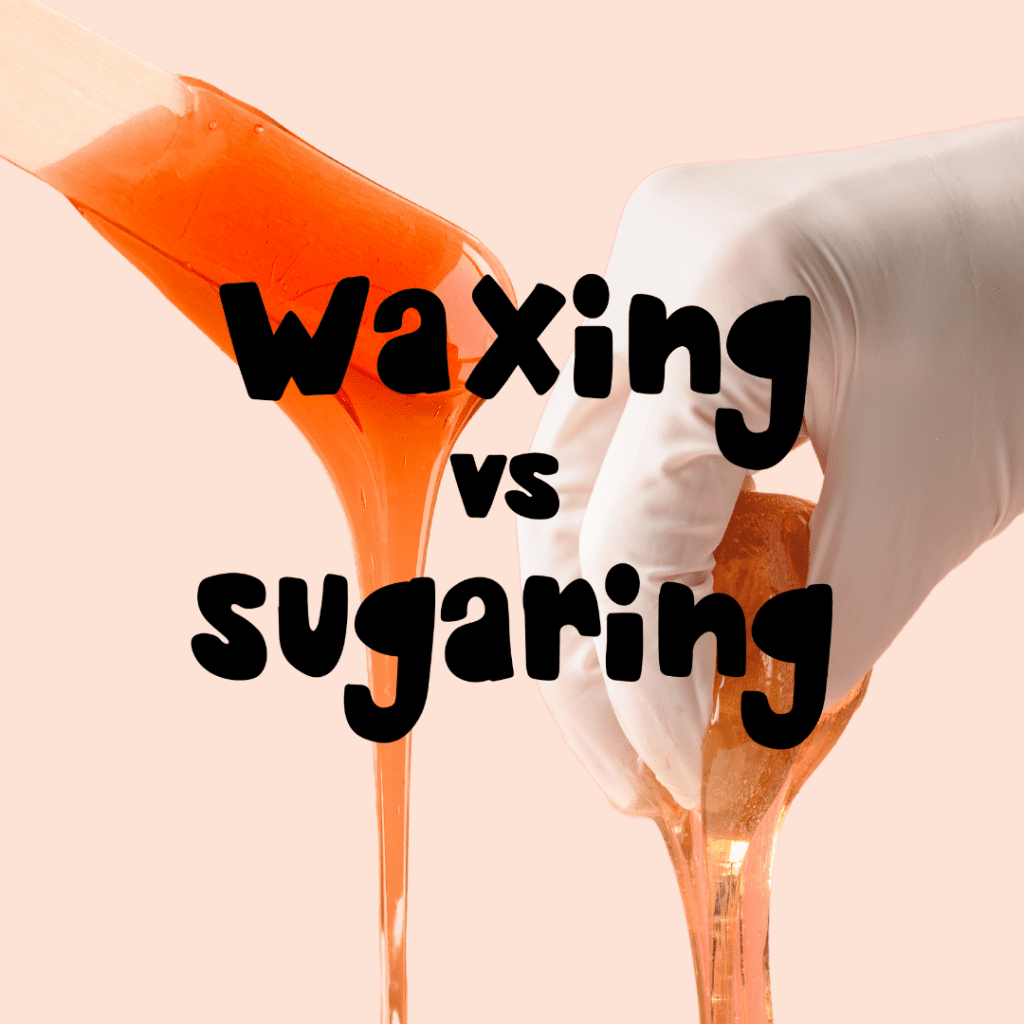
Waxing vs Sugaring: Which is Best for You in 2024?
Hair removal has been key in personal grooming for ages. Now, with new techniques, finding the right method is crucial. At Wax Wax, we offer
Waxing facial hair is popular and fundamental in waxing services. Though it might seem simple, facial waxing is intricate and demands high accuracy. This makes it more complex than waxing larger areas. A bad face wax is indeed noticeable!
Knowing the skin, choosing the right products, and using the best wax are key to a good face wax. It’s also important to be skilled in different facial waxing types, like lip and eyebrow waxing.
In this article, we’ll explore facial waxing, its benefits, how it differs for women and men, and the best products for use at home or professionally.
An ideal face wax kit includes exceptionally gentle wax or incorporates ingredients tailored to address specific skin concerns. Wax intended for facial use must have a low melting point and still effectively grip shorter, finer hairs.
| Pros | Cons |
| 1. Long-lasting results | 1. Skin irritation or redness |
| 2. Finer and sparser regrowth | 2. Ingrown hairs |
| 3. Smoother skin | 3. Infection risk |
| 4. Precise hair removal | 4. Allergic reactions |
| 5. Slower hair regrowth | 5. Pain |
Here are some tips on wax application for some of the most popular facial waxing services:
| Area | Wax Application Tips |
| Eyebrows | Apply wax far enough from the brow to avoid spreading too close to the hairs you want to keep. Use a smaller, angled spatula for precision detailing. |
| Nose & Ears | Use a 4.5-inch wax applicator. Create a wax bulb the size of the nostril or outer ear canal. Center the stick and insert the bulb into the orifice. Allow wax to set while repeating on the other side. Grip as close to the orifice as possible and remove the first stick with a quick, firm pull, followed by the other. |
| Lip Waxing | Generously apply wax to reach the inner corners of the mouth. If the client’s skin can tolerate it, wax hairs in one direction first, then the other. |
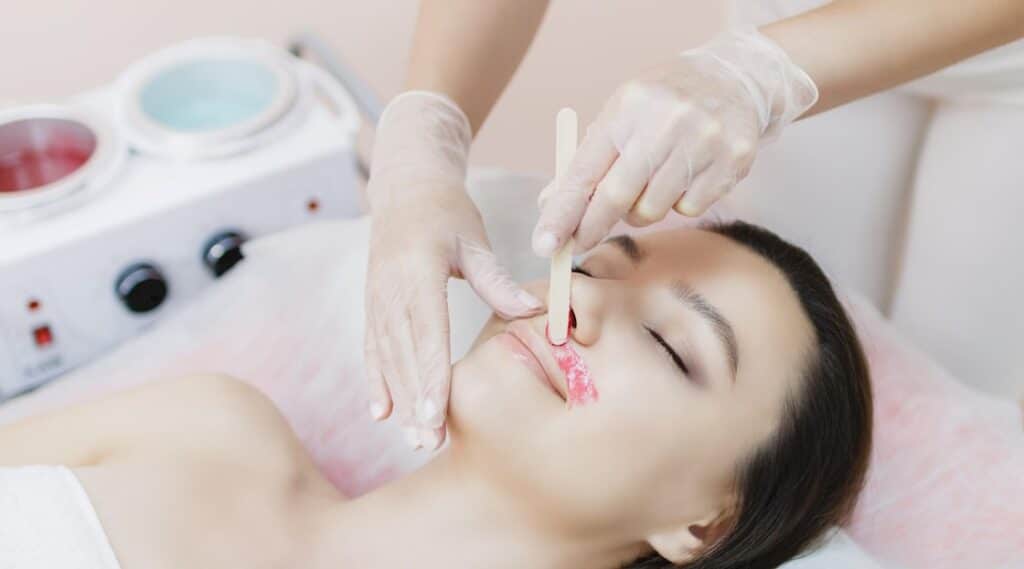
When attempting facial waxing at home, ensure that you are not using any retinol products and have taken appropriate precautions.
For a good face wax at home, picking the right products for your skin type is key. Building your facial waxing kit needs care. We suggest going to a professional for the best results, especially the first time. But if you’re doing at-home facial waxing, we have some top tips. If you need the perfect warmer, think about the Wax Wax Professional Wax Warmer.
Informing your clients about the necessary steps to maintain their skin in optimal condition before their appointment enables you to provide the best and safest facial wax service.
Incorporate details about the proper pre-wax care routine on your website, via SMS when confirming appointments or bookings, or through email. When the client arrives, you can customize their pre-wax skincare routine based on their skin and hair type and concerns.
Facial hair waxing necessitates a post-wax routine and home care that promotes skin healing, maintaining cleanliness, hydration, and balance to prevent infection and breakouts.
A post-wax care routine for facial waxing services should incorporate the following products:
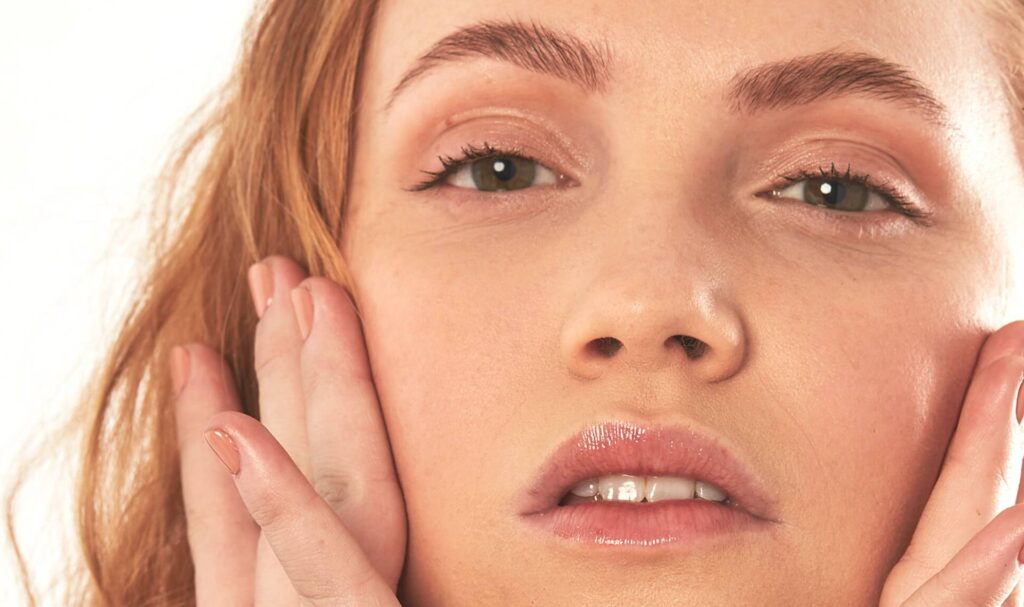
Having discussed the factors to consider during a face wax, let’s delve into the practical aspects of the procedure.
Full face waxing typically encompasses the cheeks, lips, and sides of the face. Often times, it may also include the neck and ears. Lip waxing is a popular standalone service, often chosen over cheek and sideburn waxing.
Eyebrow waxing is a distinct category, requiring a unique skill set beyond simply removing hair safely. This is because it demands the highest level of precision. Forehead waxing services can be more intricate when reshaping the hairline. Due to the varying skill sets needed for each service, the costs differ accordingly.
Here’s an approximate price list for facial waxing services at a spa or salon:
Waxing your face, when done properly, offers significant advantages and long-lasting outcomes. Facial waxing differs from waxing other body parts because of the smaller skin cells, thinner skin, and reduced fat layers in the area.
These factors make full-face waxing challenging, as facial skin is often more sensitive, oilier, and more susceptible to bacterial growth and dehydration. During face waxing, it’s crucial to take precautions to safeguard the skin and prevent exacerbating existing skin concerns.
The duration of waxing results on your face can vary depending on individual factors such as hair growth rate, hair thickness, and genetics. Typically, facial waxing results can last between 3 to 6 weeks. Over time, with regular waxing, the hair may grow back finer and more sparsely, potentially extending the time between waxing sessions.
Waxing your face is not inherently bad, but it does come with some risks, especially if not done correctly. When performed properly and with the right technique and products, facial waxing can be an effective and safe method of hair removal. However, some potential issues include:
To minimize these risks, ensure that you or your professional waxer follow proper waxing techniques, maintain good hygiene practices, and use appropriate products for your skin type. If you have concerns about waxing your face, consult with a dermatologist or a professional aesthetician for personalized advice.
Facial waxing can be a significant source of revenue for your services. As each facial service is common and likely offered by your competitors, it’s crucial to distinguish yourself as both a skincare and waxing expert. To achieve this, always consider specific skin types when waxing, aiming to improve skin while delivering exceptional results to your clients.

Hair removal has been key in personal grooming for ages. Now, with new techniques, finding the right method is crucial. At Wax Wax, we offer
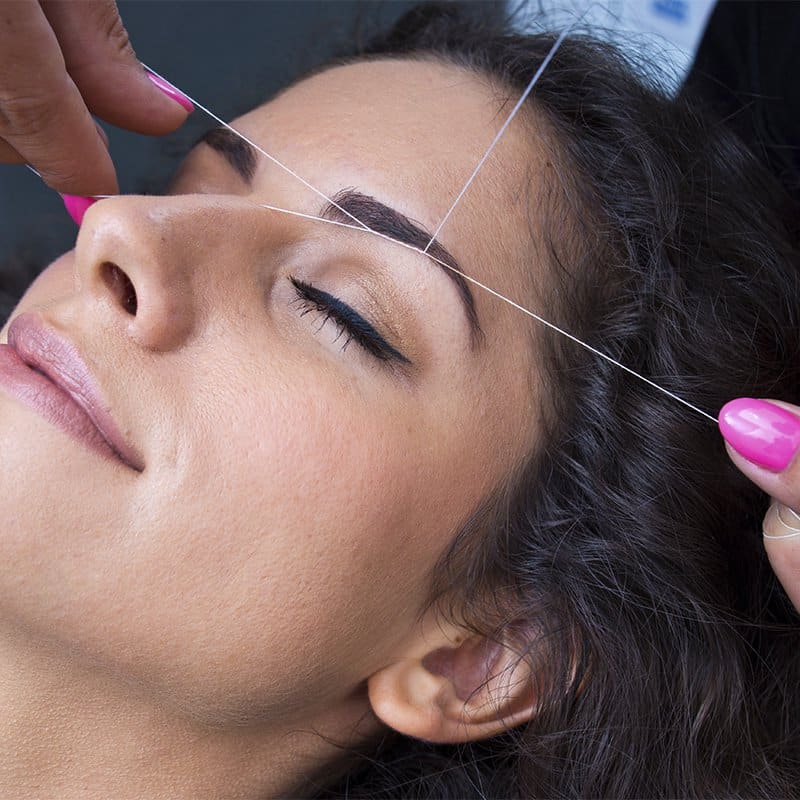
So, what’s the brow-shaping savior we’re all looking for? Waxing or threading?
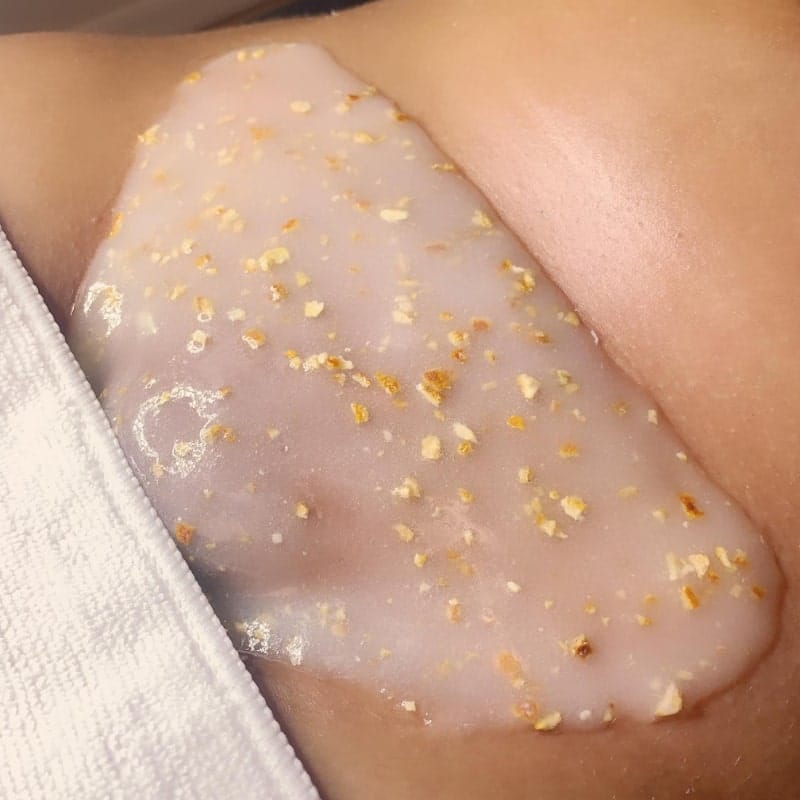
A vajacial is a specialized spa treatment lasting 30 to 50 minutes, dedicated to nurturing your vulva.
Disclaimer:
Wax Wax LLC (DBA Wax Wax) is a registered business entity operating under the name Wax Wax. We use the official Instagram handle @trywaxwax to represent our brand and connect with our community. Any communication, promotions, or activities conducted through this Instagram handle are directly affiliated with Wax Wax LLC. For verification purposes or inquiries, please contact us at support@waxwax.com.